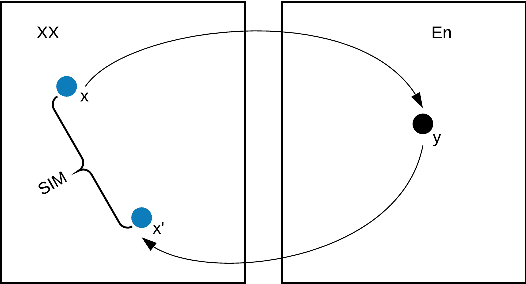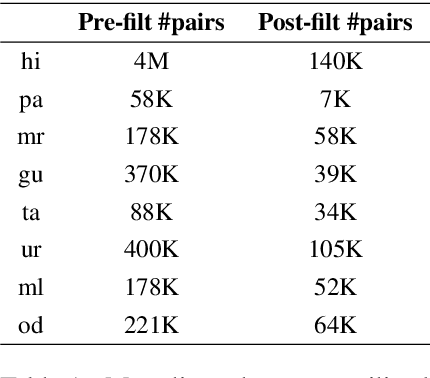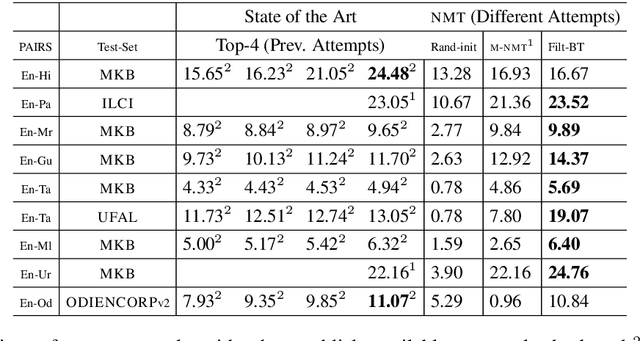Kartheek Akella
More Parameters? No Thanks!
Jul 20, 2021



Abstract:This work studies the long-standing problems of model capacity and negative interference in multilingual neural machine translation MNMT. We use network pruning techniques and observe that pruning 50-70% of the parameters from a trained MNMT model results only in a 0.29-1.98 drop in the BLEU score. Suggesting that there exist large redundancies even in MNMT models. These observations motivate us to use the redundant parameters and counter the interference problem efficiently. We propose a novel adaptation strategy, where we iteratively prune and retrain the redundant parameters of an MNMT to improve bilingual representations while retaining the multilinguality. Negative interference severely affects high resource languages, and our method alleviates it without any additional adapter modules. Hence, we call it parameter-free adaptation strategy, paving way for the efficient adaptation of MNMT. We demonstrate the effectiveness of our method on a 9 language MNMT trained on TED talks, and report an average improvement of +1.36 BLEU on high resource pairs. Code will be released here.
Exploring Pair-Wise NMT for Indian Languages
Dec 10, 2020



Abstract:In this paper, we address the task of improving pair-wise machine translation for specific low resource Indian languages. Multilingual NMT models have demonstrated a reasonable amount of effectiveness on resource-poor languages. In this work, we show that the performance of these models can be significantly improved upon by using back-translation through a filtered back-translation process and subsequent fine-tuning on the limited pair-wise language corpora. The analysis in this paper suggests that this method can significantly improve a multilingual model's performance over its baseline, yielding state-of-the-art results for various Indian languages.
 Add to Chrome
Add to Chrome Add to Firefox
Add to Firefox Add to Edge
Add to Edge